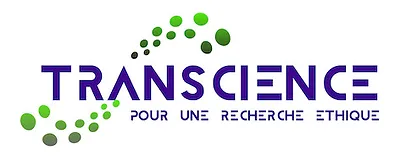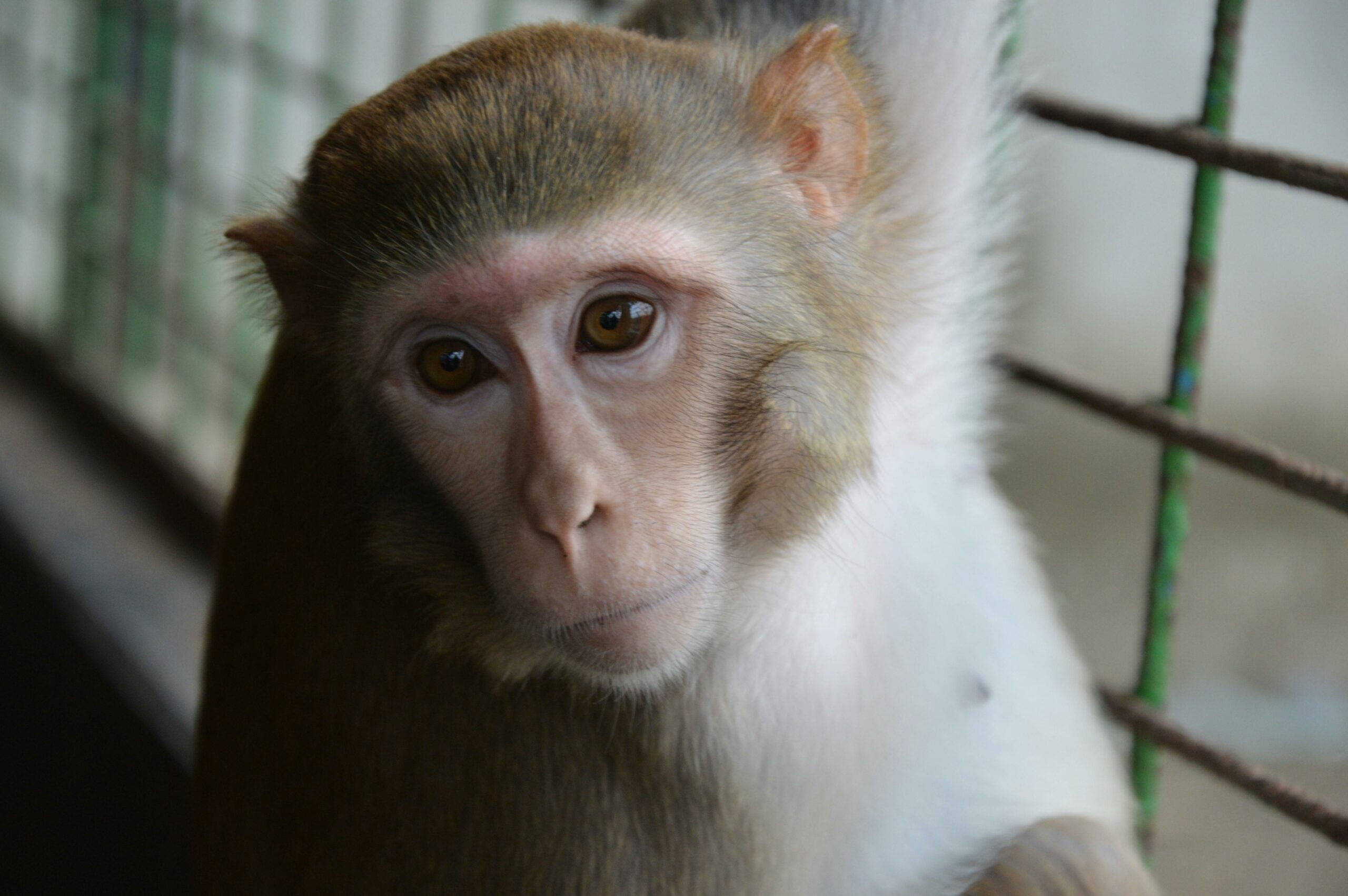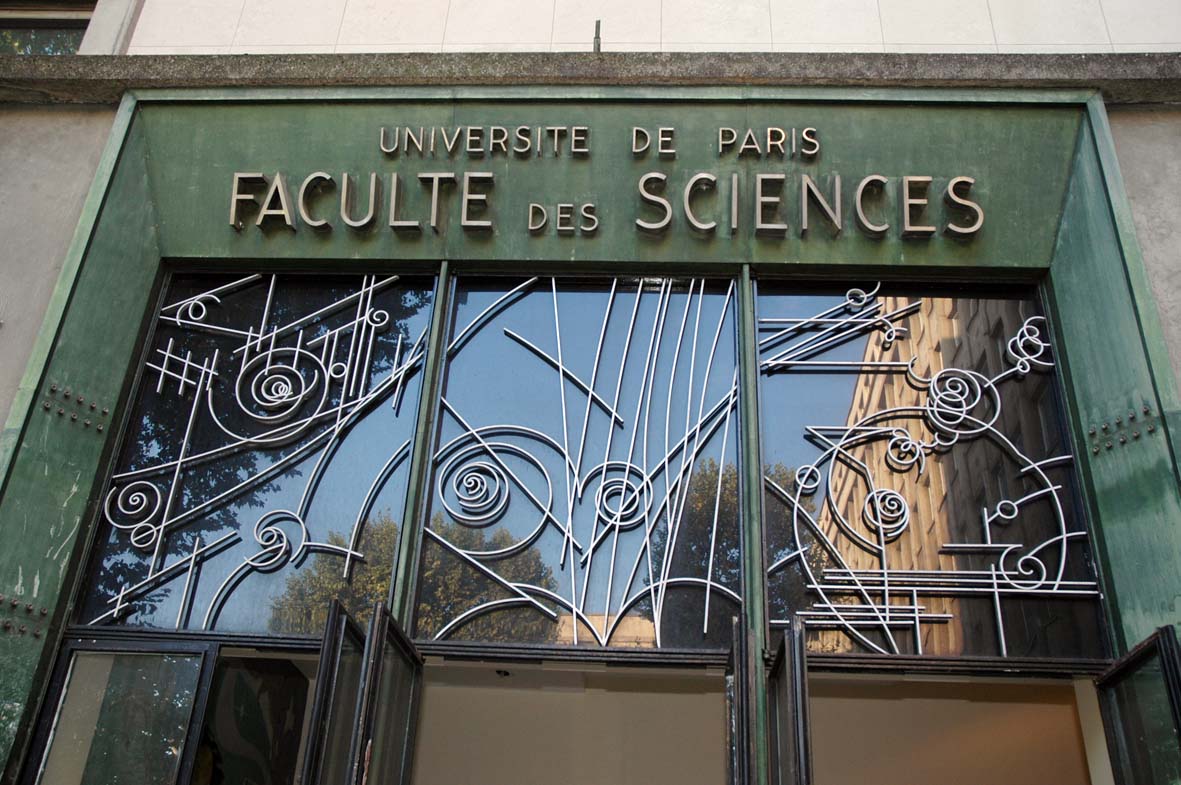At least two factors should contribute to the reduction in the number of experiments carried out on animals as part of scientific or educational projects: more stringent regulations since the transposition into French law of European Directive 2010/63/EU on the protection of animals used for scientific purposes, and the remarkable development of non-animal approaches and methods – often referred to as NAMs (New Approach Methodologies) – over the last ten years.
Access to annual statistics since 2014 in France, Ministry of Higher Education and Research website : click here
To access our detailed analysis of data trends between 2015 and 2023: click here
History and explanations
Until 2010, all the animals counted in the annual statistical data collected in the various EU member states had been used in experimental procedures.
Following the adoption of European Directive 2010/63/EU, and in preparation for harmonized data collection by all member states, Implementing Decision 2012/707/EU introduces a specific mention for genetically modified animals not used in experimental procedures: those used for the creation of a new line (animals carrying the genetic modification) or for the maintenance of an established line presenting a harmful phenotype[i] are counted from 2014.
A second implementing decision was taken by the European Commission in 2020, Decision (EU) 2020/569, which specifies that annual statistics must include animals genotyped[ii] using invasive methods (tail or ear biopsies, phalangectomy, etc.). These new provisions have been in force in France since 2022.
This change in the way animals are counted since 2010 has meant that all animals whose use for scientific purposes is likely to cause them “pain, suffering, distress or lasting harm equivalent to or higher than that caused by the introduction of a needle in accordance with good veterinary practice” (article 3 of the directive: definition of a “procedure”) are included in the statistics.
Since 2015, we have therefore had fairly reliable data overall, even if recent changes in the way animals are counted sometimes make year-on-year comparisons difficult, especially as instructions are not always well understood by those in the field and mistakes can be made in data collection.
Is a trend emerging between 2015 and 2023?
It is difficult to identify an overall trend. Both because there can be significant fluctuations from one year to the next – the cause of which cannot always be determined – and because trends differ significantly from one object of use to the next, so we would have to speak of trends in the plural.
Between 2015 and 2021 (before the inclusion of genetically modified animals that have undergone invasive genotyping and are not included in a procedure), the total number of animals has remained virtually stable, rising from 1,901,752 in 2015 to 1,893,897 in 2021, with the exception of the drop in 2020. This is due to the interruption of many projects due to containment, and not to a sudden reorientation of research towards alternative methods.
Transition years: 2022 and 2023
By 2022, the number of animals undergoing invasive genotyping will have risen to 2,128,058 , compared with 1,893,897 in 2021.
In 2023, there will be a mild downturn (-3.8%) with 2,046,754 animals.
But this should not obscure the fact that the number of genetically modified animals intended for line maintenance has risen by 118%, from 225,435 in 2022 to 491,778 in 2023! There’s no explanation for this. Under the previous accounting system, there were just 69,561 in 2021.
On the other hand, there has been a spectacular reduction in the number of animals used in basic research (206,097 fewer animals) and, to a lesser extent, in translational research (94,974 fewer animals). As no explanation can be given for this sudden and significant reduction, it is not possible to say whether this is the start of a downward trend, a simple cyclical phenomenon or a problem in the allocation of animals to purpose categories.
Are there any trends emerging over the period for certain applications?
Cumulative utilization for research (fundamental and applied) has remained stable over the 2015/2023 period (around 1.2 million animals), though with significant downward fluctuations between 2019 and 2020 (Covid effect) and between 2022 and 2023 (cause not identified).
Uses for regulatory testing, batch quality control and routine production of biological products (antibodies, blood products, etc.) are grouped together in the same category in the tables published by the Ministry.
However, it should be subdivided into two distinct categories with opposing trends. There has been a steady decline in the number of animals used for regulatory testing and quality control, which can be explained by the European Union’s various initiatives in this field over the last few years (notably the roadmap to phase out animal testing for chemical safety assessments), strongly supported by stakeholder NGOs. On the other hand, the number of animals used in the production of organic products has steadily increased, in a proportion equivalent to the reduction in use in the regulatory field. The curves crossed in 2021. This steady increase could be explained by the ever-growing demand for antibodies used in medical diagnostics and certain therapeutics. France remains the only European country to produce monoclonal antibodies using the very painful method of ascites on mice.
As for uses for education and training purposes, not only are they much higher in 2023 than they were in 2015 (28,271 in 2015 vs. 35,738 in 2023), but they are also much higher than those of all our European neighbors, with the exception of Germany.
This situation is shocking, as many alternative educational tools exist. Most “educational” projects using animals should not be authorized by administrative authorities, as there are alternative methods.
The strength of conditioning among teachers and trainers, their lack of knowledge of the diversity of existing tools, and the lack of investment by higher education establishments and training organizations in the purchase and development of new learning tools and methods, largely explain this situation.
The National Commission for the protection of animals used for scientific purposes (CNPAfis) – as part of its mission to evaluate professional training courses for animal users, and as a source of ideas for the French Ministry of Higher Education and Research – should draw up an inventory of non-animal teaching methods and help promote them. So far, it has not done so.
The number of uses for “species preservation” and protection of the natural environment“ has increased considerably in recent years. It would be interesting to know the purpose of the projects that have justified these uses.
Are all animals used for scientific purposes represented in the annual statistics?
No, only vertebrate animals and cephalopods that have been used in an experimental procedure are counted, as well as animals falling into the categories added by the European Commission’s implementing decisions of 2012 and 2020 (see above). But many other animals are bred and killed for scientific purposes, even though they have not been included in a research or educational project: genetically modified animals that do not suffer from a harmful phenotype, that have not undergone invasive genotyping but have not developed the expected characteristics, those from which organs and tissues are removed, those that are too old or ill… Since 2017, these millions of animals have been included in the European Union’s five-yearly survey.
In France, the number of these animals will reach 2.77 million in 2022.
Consequently, taking all categories together, the number of animals used for scientific purposes each year in France can be estimated at between 4.8 and 5 million.
In conclusion, with the exception of satisfactory developments in the field of regulatory testing – for which we owe a debt of gratitude to European Union bodies – no significant reduction is in sight in other areas that use animals for scientific purposes.
This is extremely disappointing, ten years after the implementation of European Directive 2010/63/EU. It reflects both the lack of political will to support the transition and the conservatism and timidity of the biomedical research community in our country.
[i] Harmful phenotype: undesirable character or effect resulting from a genetic modification likely to cause negative or harmful effects for the animal.
[ii] Genotyping: data acquisition method used to determine the identity of a genetic variation. It involves the analysis of DNA taken from tissues or body fluids by non-invasive or invasive means.




